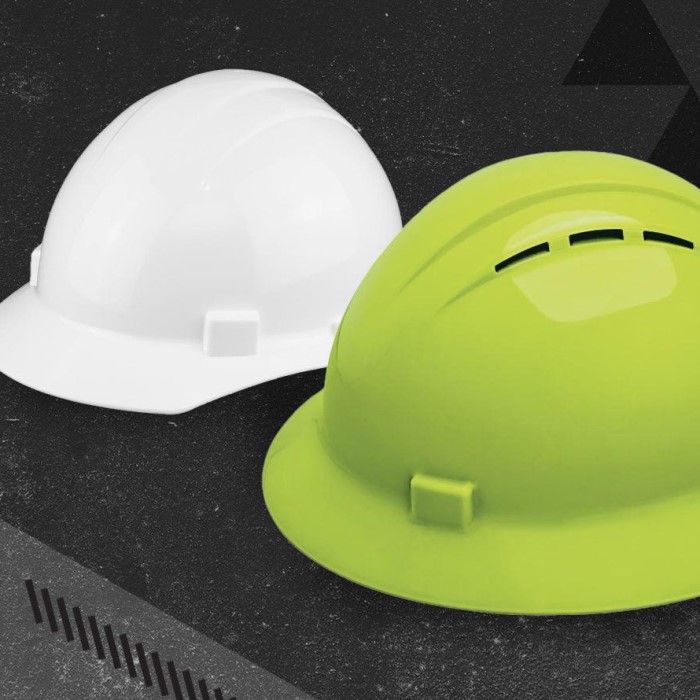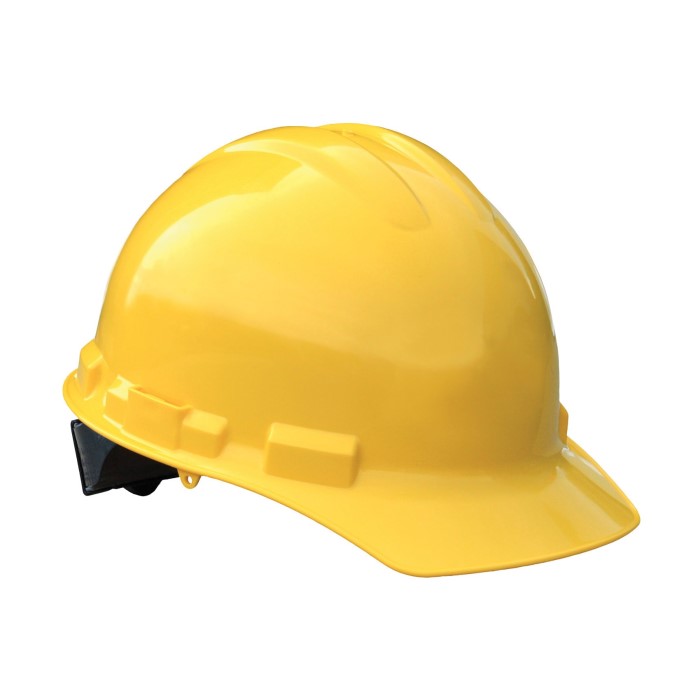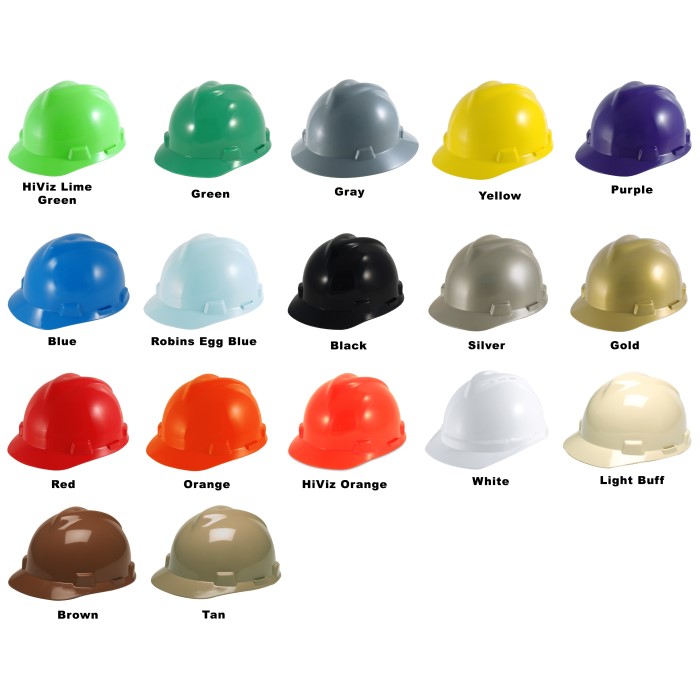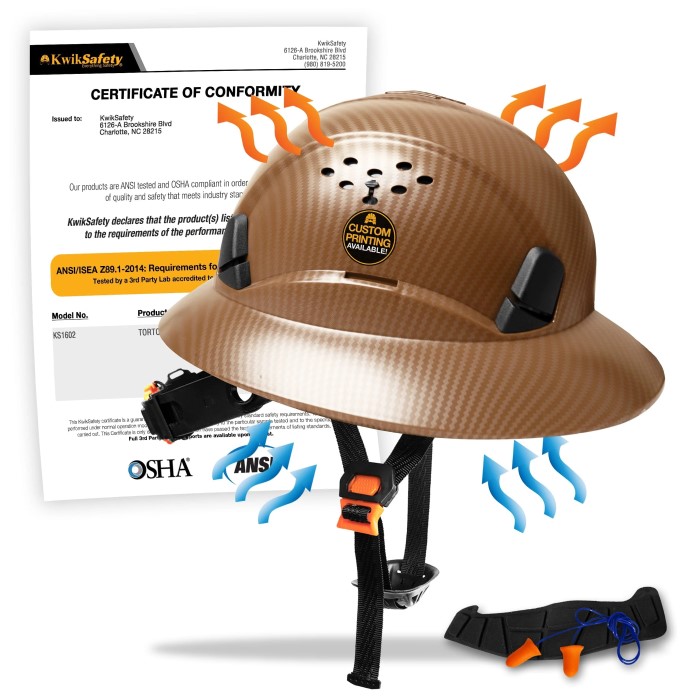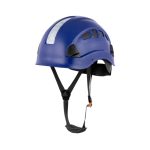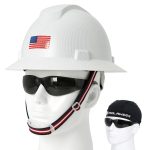Introduction
When it comes to workplace safety, especially in industries such as construction and manufacturing, understanding hard hat classes is crucial. Hard hats are designed to protect workers from head injuries caused by falling objects or accidental bumps. However, not all hard hats are created equal, and selecting the appropriate class ensures maximum safety based on the potential hazards present in your work environment. This article will explore various hard hat classes, their specifications, and essential information to help you choose the right one for your needs.
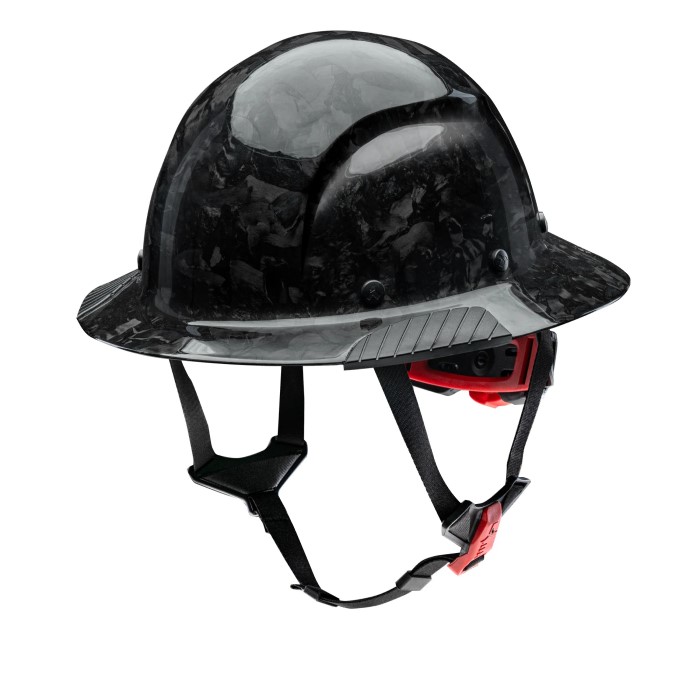
The Importance of Hard Hat Classification
Understanding hard hat classes is vital for several reasons:
- Safety and Compliance: Different classes of hard hats are designed for various environments. Knowing these specifications helps ensure compliance with OSHA regulations and workplace safety standards.
- Protection Levels: Each class offers varying levels of protection against impacts, penetration, and electrical hazards. Choosing the right class can significantly reduce the risk of injury.
- Informed Decisions: Workers can make informed decisions about their personal protective equipment (PPE). This knowledge empowers employees to take responsibility for their safety while on the job.
Overview of Hard Hat Classes
Hard hats are primarily categorized into three classes based on their construction and intended use. These classes include Class A, Class B, and Class C, each with its own distinctive characteristics.
A Hard Hats
- Protection Level: Class A hard hats provide impact and penetration resistance. They are tested for electrical insulation up to 2,200 volts.
- Typical Uses: These helmets are designed for general use in environments where there is a risk of both impact from falling objects and electrical hazards.
- Applications: Predominantly used in construction, manufacturing, and utility industries, Class A hard hats are versatile and can handle a range of adverse conditions.
B Hard Hats
- Protection Level: Class B hard hats also provide impact and penetration resistance. However, they are tested for electrical insulation up to 20,000 volts, making them suitable for high-voltage environments.
- Typical Uses: These hard hats are ideal for electrical workers or those in industries where electrical hazards are a significant concern.
- Applications: Commonly worn in electrical utility work, construction, or any role where high-risk electrical exposure is present, Class B hard hats offer enhanced safety features.
C Hard Hats
- Protection Level: Class C hard hats provide protection against impact and penetration but are not tested for electrical insulation.
- Typical Uses: Ideal for environments where electrical hazards are minimal, these helmets focus on comfort and lightweight features.
- Applications: Commonly used in the industrial, manufacturing, and construction sectors where electrical risk is not a concern, Class C hard hats prioritize comfort and usability over electrical protections.
Choosing the Right Hard Hat Class
Selecting the right hard hat class depends on several factors, including the nature of the job, level of risk exposure, and specific safety standards applicable to your industry. Consider the following steps when choosing a hard hat:
Assess the Work Environment
- Identify Potential Hazards: Begin by conducting a thorough assessment of the site where workers will be operating. This involves recognizing all possible hazards that could cause head injuries, such as falling debris, moving machinery, and overhead equipment.
- Consider Specific Risks: Evaluate specific risks present at the site. Similarly, if the site has electrical components, determine if there’s any risk of electrical exposure that may necessitate specialized helmets.
- Document Hazard Analysis: Keep a record of identified hazards and the potential risks associated with them. This documentation can guide your selection of appropriate head protection and inform training sessions for workers on safety protocols.
- Communicate Risks to Workers: Ensure that all employees are aware of the potential hazards they may encounter.
Understand OSHA Standards
- Familiarize with OSHA Regulations: Take the time to understand the standards set by the Occupational Safety and Health Administration (OSHA) regarding head protection. OSHA outlines specific requirements for hard hats, including testing and performance criteria.
- Importance of Compliance: Compliance with OSHA regulations is not just a legal requirement; it also plays a crucial role in ensuring workplace safety. Adhering to these standards helps protect workers from head injuries and reinforces a culture of safety within the organization.
- Stay Updated: Regulations can change, so it’s important to stay up-to-date with any updates or revisions to OSHA standards. Regularly review safety protocols to ensure ongoing compliance.
- Training on Standards: Incorporate training sessions to educate employees about the relevant OSHA standards related to head protection. This ensures that all workers understand their rights and the safety measures in place to protect them.
Evaluate Comfort and Fit
- Importance of Proper Fit: A hard hat must fit securely to provide adequate protection. An ill-fitting helmet can slip off during an impact or may not cover the head adequately, increasing the risk of injury.
- Trial and Adjustment: Encourage workers to try on different helmets to find the best fit.
- Consider Worker Feedback: Use worker feedback to assess comfort levels. If many employees report discomfort with a particular helmet, it may be worth reevaluating the options available.
- Impact on Productivity: An uncomfortable helmet can lead to distractions, reduced productivity, and fatigue. Ensuring that hard hats are comfortable can help maintain focus on tasks and enhance overall job performance.
Consult with Safety Experts
- Seek Professional Guidance: If there is uncertainty about the appropriate type of hard hat for your specific work environment, consult safety managers, industrial hygienists, or other safety professionals. They can provide valuable insights tailored to your operation.
- Assessment of Workforce Needs: Safety experts can help assess the specific needs of your workforce by considering factors such as the nature of the work, the hazards present, and individual requirements related to comfort.
- Recommendations for Selection: Based on the assessment, safety experts can recommend the most suitable hard hat classes and models, ensuring compliance with safety standards while addressing the unique needs of your workers.
- Ongoing Consultation: Make it a practice to regularly consult with safety professionals, especially when new hazards arise or changes occur in the work environment. This proactive approach will help keep safety a top priority.
Maintenance and Care for Hard Hats
Proper care and maintenance of hard hats are essential to ensure long-lasting protection. Here are some crucial tips:
Regular Inspection
- Frequency of Checks: Conduct inspections of hard hats regularly, ideally before each use, to identify any potential issues.
- What to Look For: When inspecting the hard hats, look for specific signs, such as cracks, dents, or fraying of the straps. These indicators can signal that the helmet has sustained damage that may compromise its protective capabilities.
- Impact of Damage: Any visible damage can significantly impair the hard hat’s ability to protect against head injuries. Minor cracks or dents may seem insignificant but can greatly reduce the effectiveness of the helmet in a fall or impact scenario.
- Documentation: Consider keeping a log of inspections to track the condition of each hard hat over time. This documentation can help identify patterns of wear and guide timely replacements.
Cleaning
- Recommended Cleaning Method: Use a mixture of mild soap and warm water to clean hard hats regularly. Gentle cleaning solutions will protect the materials while ensuring that dirt and debris remove.
- Tools for Cleaning: Utilize soft cloths or sponges when cleaning the helmet. Avoid abrasive materials that could scratch or damage the helmet’s surface.
- Avoiding Harsh Chemicals: It’s essential to steer clear of harsh chemicals, solvents, or industrial cleaners, as these can degrade the materials used in hard hat construction. Always check manufacturer guidelines for specific cleaning recommendations.
- Post-Cleaning Inspection: After cleaning, take the opportunity to inspect the hard hat for any new signs of wear or damage that may have previously gone unnoticed.
Storage
- Ideal Storage Conditions: Store hard hats in a cool, dry environment to ensure they remain in optimal condition. Excessive heat or moisture can lead to degradation of materials over time.
- Avoiding Sunlight Exposure: Keep hard hats out of direct sunlight when not in use. Prolonged exposure to UV rays can weaken the helmet’s structure, reducing its lifespan and effectiveness.
- Protective Storage Solutions: Consider using breathable bags or designated shelves for storing hard hats. Avoid stacking them in a way that could cause deformation or stress on the helmet’s shape.
- Control of Environmental Factors: Be aware of the temperature and humidity levels in the storage area. Maintaining a stable environment is crucial for preserving the integrity of the hard hats.
Replacement Guidelines
- Manufacturer Recommendations: Follow the guidelines provided by the hard hat manufacturer regarding replacement timelines. These guidelines base on extensive testing and provide valuable insight into the expected lifespan of the helmet.
- Standard Replacement Interval: Generally, hard hats should replace every five years to ensure they continue to meet safety standards. However, depending on usage conditions, this timeframe can vary.
- Signs of Deterioration: Promptly replace hard hats if there are visible signs of deterioration, such as cracks, fading, or significant scratches. Even if the helmet is within the recommended time frame, damage can render it unsafe.
- Documentation of Replacement: Keep a record of all replacements and inspections to maintain a clear history of the head protection equipment used by workers. This tracking can ensure that all employees are using helmets that meet safety standards.
FAQs About Hard Hat Classes
What Is a Type 1 Class C Hard Hat?
A Type 1 Class C hard hat is designed to protect against impact from the top. However, it does not provide electrical protection. It is suitable for environments with minimal exposure to electrical hazards.
What Is the Difference Between Class 1 and Class 2 Hard Hats?
The primary difference lies in the electrical insulation ratings. Class 1 hard hats are designed for lower voltage applications (2,200 volts), while Class 2 hard hats are rated for higher voltage environments (up to 20,000 volts).
Is Class C Hard Hat OSHA Approved?
Class C hard hats are compliant with OSHA regulations concerning head protection. However, they are specifically intended for environments where electrical hazards are minimal. Compliance is typically based on the hard hat meeting ANSI standards, which OSHA recognizes.
Conclusion
In conclusion, understanding hard hat classes is essential for ensuring worker safety in hazardous environments. Each class serves a unique purpose and offers varying levels of protection based on the risks associated with the job. By carefully assessing your work environment and selecting the appropriate hard hat class, you create a safer workplace for everyone. Compliance with safety standards, like those set by OSHA and ANSI, is crucial for maintaining a culture of safety and accountability.
Selecting the right hard hat is more than simply choosing a protective piece of equipment—it is about making informed decisions to safeguard lives and promote safety in the workplace. Always keep in mind that prevention is the best policy when it comes to workplace injuries, and investing in the right gear is a vital step in that direction.
